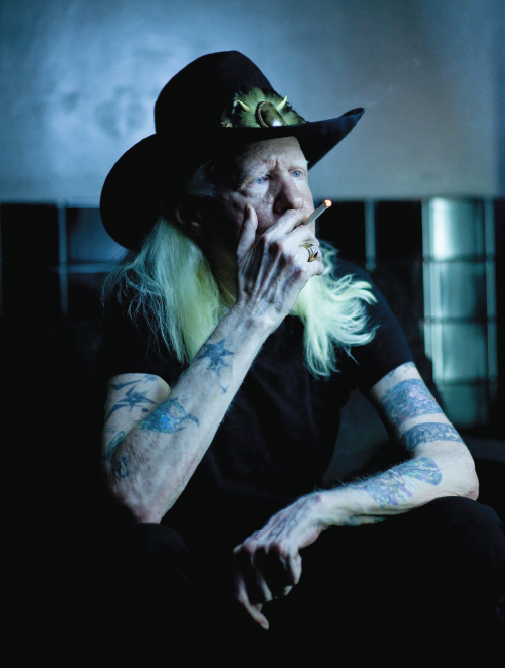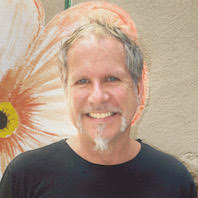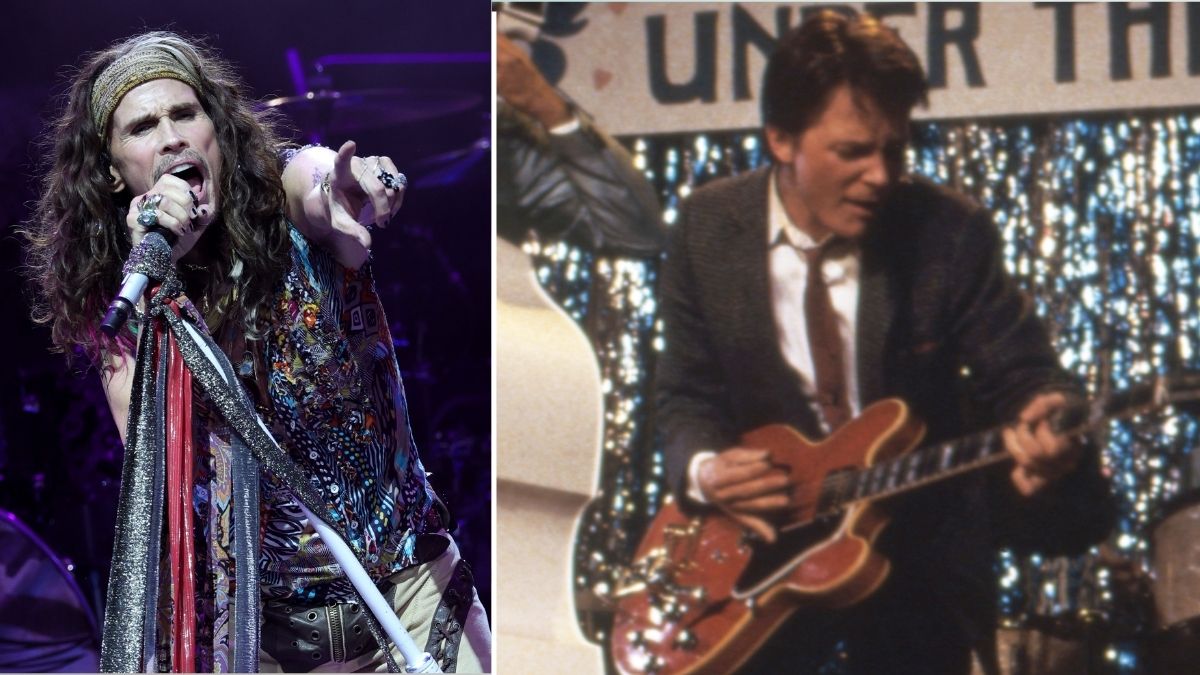Johnny Winter Talks Gibson Firebirds, Muddy Waters and "Highway 61 Revisited"

From the March 2014 Guitar World: He’s an albino blues guitarist who’s jammed with Muddy Waters, Jimi Hendrix and Duane Allman. But what Guitar World readers really want to know is …
How old were you when you started playing blues? — Gene E. Levi
I was probably around 12 years old. I started out playing ukulele, but when I was around 10, my father encouraged me to move to guitar.
He thought I’d have a better chance for success with the guitar, and he was right! I found a great teacher who was into Chet Atkins and country music who got me into playing with a thumb pick, which I still use today.
But my life really changed when I heard Howlin’ Wolf and Muddy Waters. They wiped me out! I never heard nothing like that before. After that, I started buying every blues record I could find and learning licks every chance I had. I couldn’t get enough of the blues.
Before you signed your first major record deal, you spent quite a few years playing clubs. What was the roughest or worst club you ever played? — Billy Houston
We played a lot of bad places, but I remember this club in Galveston, Texas, back in ’65 that was particularly nasty. This huge drunk guy kept staggering over to me and demanding that I play “Midnight Hour.” I told him, “Man, we already played it twice.”
All the latest guitar news, interviews, lessons, reviews, deals and more, direct to your inbox!
He said, “Well, I didn’t hear it, and if you don’t play it I’m gonna rush the bandstand and tear up everything!” True to his word, he started charging me, so I took off my guitar, grabbed it by the neck and swung it like a baseball bat and hit him in the head and knocked him completely out! It was a good thing, too, because he was big.
I spent a lot of time playing the Louisiana club circuit, and in many ways it was rougher than Texas. My band had to play behind chicken wire, because people used to throw things at us. Even if they liked what you were playing, they’d still throw bottles at you just for the fun of it. There’s a scene in the Blues Brothers movie that shows what that was like. Most people think John Belushi and Dan Aykroyd made that up, but bands played behind chicken wire all the time.
Freddie King, Albert Collins, T-Bone Walker and so many other great blues players have come from Texas. Was it something in the water? — Charles Whitehouse
When you come from a place where there are a lot of great players, it forces you to get good real fast. There’s a gunfighter tradition in Texas—you gotta be better than the other guy, or else you’re finished.
You’re one of the great innovators of slide guitar. What kind of slide do you use, and what finger do you use it on? Also, do you have a favorite slide song? — Alex Williams
I was practicing in New York City at S.I.R. Studios and a guy made me a slide by hacking up some drum hardware. He made me just one, and I really like it, so I’ve never lost it. I wear my slide on my little finger, and through the years I’ve played primarily in open A or open E. These days, I tend to favor open E, especially live, I think partly because I’m too lazy to carry another guitar around.
One of the greatest slide guitar performances I’ve ever heard is Blind Willie Johnson’s “Dark Was the Night (Cold Was the Ground).” The way his slide mimics his vocals and vice versa always gives me the chills. It’s maybe the deepest blues performance I’ve ever heard.
You’ve played some left-of-center guitars through the years—a Gibson Firebird, a Fender Mustang and a Lazer made by Mike Erlewine. Can you tell me what you liked about each of those guitars? — “The Mack”
They were all just really good guitars. I was initially attracted to the Firebird because I liked the way it looked, and when I played it I discovered I liked the way it sounded, too. The Firebird is the best of all worlds. It feels like a Gibson, but it sounds closer to a Fender than most other Gibsons. I was never a big fan of humbucking pickups, but the mini-humbuckers on the Firebird have a little more bite and treble.
People always ask me about the Lazer. When I first bought one, I thought I was just going to use it as a travel guitar. But the first day I plugged it in, it sounded so good I wanted to use it for a gig that night. It had .010s on it, and I’m used to .009s, so I tuned it down one whole step to make it easier to play. I kept thinking that I would switch back—but I just never did. I like how it sounds, and the bonus is I break fewer strings.
You produced and played on several albums with the legendary Muddy Waters. What did you get from that experience? — Warren Waterman
Muddy just had such extraordinary presence and naked emotion in his voice and slide guitar playing, especially on a slow blues. When I worked with him, I was amazed at how fast he worked. You had to stay on your toes and know what you were doing, ’cause he never wanted to do more than one or two takes of a song. Luckily for me, Muddy always nailed it in one or two takes.
That attitude sort of rubbed off on me. In many ways, I’m pretty similar. I’ve discovered if you have to do more than a few takes, all the life goes out of the performance.
You just released a really great box set of your work, True to the Blues. In the liner notes Eddie Van Halen calls “Be Careful with a Fool” one of his favorite songs. I can understand that—it’s pretty damn fast! What are some of your favorite moments? — Ray Lauerman, Jr.
I liked my version of B.B King’s “Be Careful with a Fool” too. It’s a great song, and I think I did a pretty good job of it. I played a lot of fast licks on that one, but I wasn’t trying to show off. Speed is just something that always felt right to me. I was playing what I heard in my head.
Can we expect a new album anytime soon? It’s been a while. — Mark Jenkins
We’re in the process of mixing a new one, and it should come out in April. I think it’s gonna surprise a lot of people. I’m calling it Step Back, and I invited some of my favorite guitarists to play with me on a bunch of tracks, including Billy Gibbons, Eric Clapton, Joe Perry, Mark Knopfler and Joe Bonamassa. I don’t want to give too much away, but for example, Eric joins me on the Bobby “Blue” Bland classic “I Don’t Want No Woman.”
One of your signature songs is your cover of Bob Dylan’s “Highway 61.” What inspired you to play that one? — Dale Showler
I’ve always been a big Bob Dylan fan. You can’t be my age without loving Bob Dylan. We’d been doing the song in clubs for quite a while, but I didn’t play it with a slide until I recorded it in the studio. It worked out real well.
A long time ago in a galaxy far, far away Brad was the editor of Guitar World from 1990 to 2015. Since his departure he has authored Eruption: Conversations with Eddie Van Halen, Light & Shade: Conversations with Jimmy Page and Play it Loud: An Epic History of the Style, Sound & Revolution of the Electric Guitar, which was the inspiration for the Play It Loud exhibition at the Metropolitan Museum of Art in New York City in 2019.

